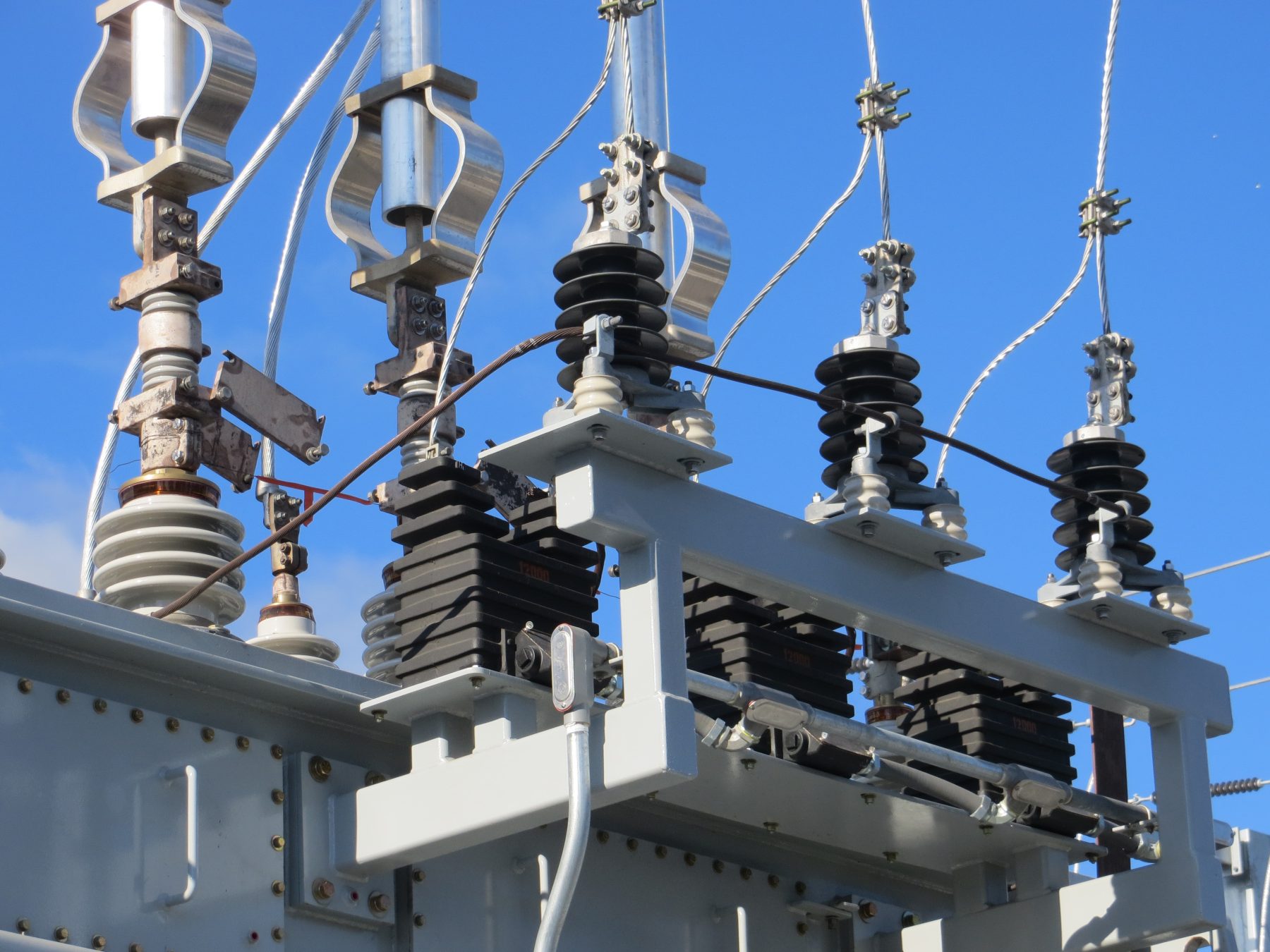High-energy-consuming businesses face a critical juncture with the recent enactment of Legislative Decree 131/23, now law and published in the Official Gazette, introducing enticing new incentives. However, a looming deadline set for December 22 adds urgency. This text explores the challenges and opportunities presented by this new landscape, guiding businesses through the fresh legislative provisions.
New Rules.
Starting this year, high-energy-consuming businesses must adopt at least one consumption containment measure or risk incentive revocation. Circular 55/2023/ELT from Csea formalizes the portal opening for declarations related to the 2024 fiscal year, introducing a module adapted to the new law.
The decree tasks Arera with defining procedures and timelines for incentive requests and qualification attestation. Through the circular, Csea formalizes the process of evaluating required characteristics to compile the list of beneficiary businesses. The obligatory energy diagnosis, governed by Article 8 of Legislative Decree 102/2014, is central.
Who Are the Beneficiaries?
Businesses with an annual electricity consumption exceeding 1 GWh in previous years can access incentives. Permissible sectors include those at risk or high risk of relocation, provided environmental regulations in the destination regions are less ambitious.
Incentives under Legislative Decree 131/23 offer partial exemptions from the general system electricity charges, aimed at supporting renewable sources. Businesses receive bonuses if they cover at least 50% of their energy consumption with zero-carbon emission sources. Contribution percentages vary based on the industry. For businesses at high risk of relocation, the contribution is granted to the lesser value between 15% of the electricity system charges and 0.5% of the gross value added of the company. For those in sectors at risk of relocation, the contribution is granted similarly, but with different percentages (25% and 1%). A transitional regime is planned for businesses benefiting from energy-intensive incentives in the 2022-2023 biennium but not operating in relocation-risk sectors.
Business Requirements.
Access to energy incentives is conditioned by the completion of an energy diagnosis, as stipulated by Article 8 of Legislative Decree 102/2014. Large businesses are obliged to undergo a diagnosis, conducted by certified individuals at Italian production sites, by December 5, 2015, and subsequently every four years, with a requirement to communicate results to Enea. Beneficiary businesses must adhere to the same deadlines, irrespective of their size, and implement at least one recommendation from the diagnosis or adopt systems compliant with ISO 50001. Consumption containment measures must amortize within three years with a total cost not exceeding the incentive amount. Actions can reduce the carbon footprint, covering at least 30% of the demand from emission-free sources, or focus on investments in projects to reduce greenhouse gas emissions, amounting to at least 50% of the incentive value.
The landscape of incentives for high-energy-consuming businesses is rapidly evolving. With Legislative Decree 131/23, companies have the opportunity to leverage significant advantages, but time is essential. Compliance with new rules, from energy diagnosis to containment measures, is crucial to ensure incentive continuity. Seize this opportunity promptly to not only reduce energy costs but also enhance corporate sustainability.
For further information, consult with your tax advisor.



